Chat Op-ed 444: Celebrating ‘The Wisdom of W.E.B. Du Bois’: A Testament to Enduring Relevance7/12/2023 EDITORIAL NOTE: The following op-ed is the result of a query presented to OpenAI’s ChatGPT when queried about the current (2023) 20th anniversary of the publication of The Wisdom of W.E.B. Du Bois. The question, with assistance, was submitted as part of ongoing explorations and dialogues to explore risks and potential benefits of increasing developments in artificial intelligence (AI). For the purposes of this blog entry, the goal was to maximize objectivity and critical analysis devoid of human bias. Below are the results with minimal human intelligence corrections. Aberjhani Introduction The year 2023 marks the momentous 20th anniversary of the publication of The Wisdom of W.E.B. Du Bois, a literary masterpiece that pays homage to the intellectual and philosophical legacy of one of America's greatest scholars, W.E.B. Du Bois. Published as part of the esteemed Philosophical Library Series with Kensington Books in 2003, this remarkable work subsequently found its voice as an MP3 audiobook, performed by Catherine Byers, and later as a Kindle eBook in 2018. Its creation and subsequent impact on academia and beyond provide us with ample reason to celebrate this significant event.
|
AberjhaniWinner of Choice Academic Title Award, Best History Book Award, and Notable Book of the Year Award for Encyclopedia of the Harlem Remaisssance. Archives
July 2023
Categories
All
|
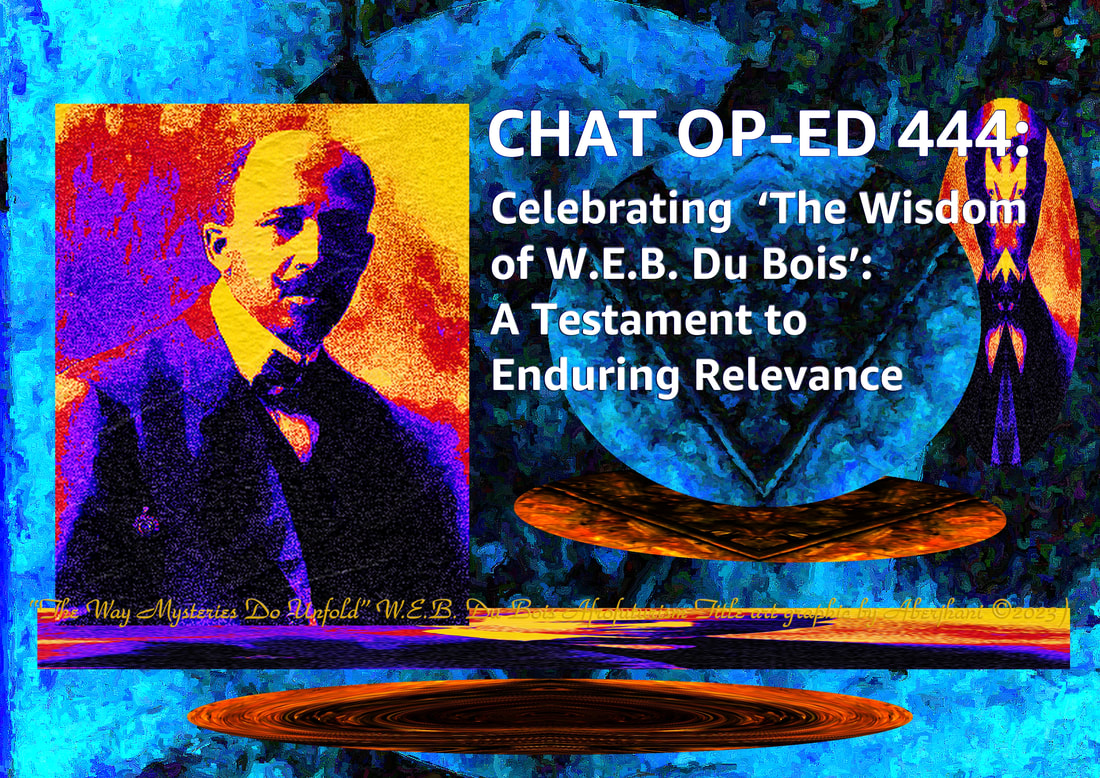
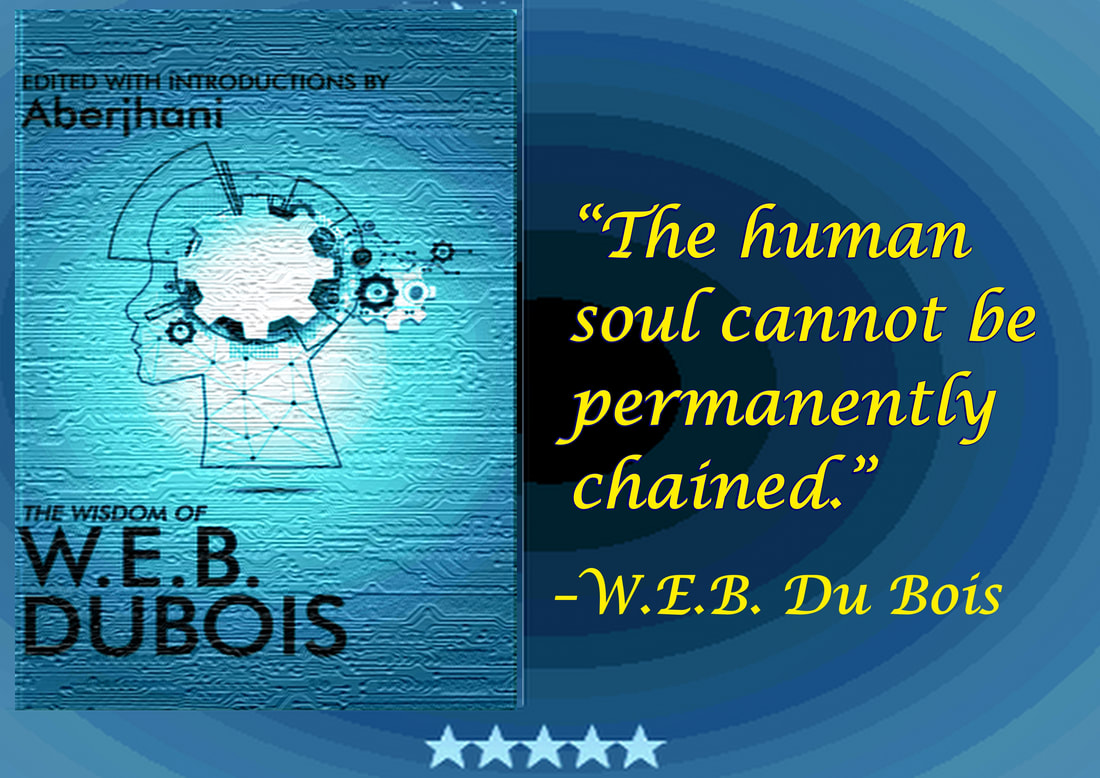
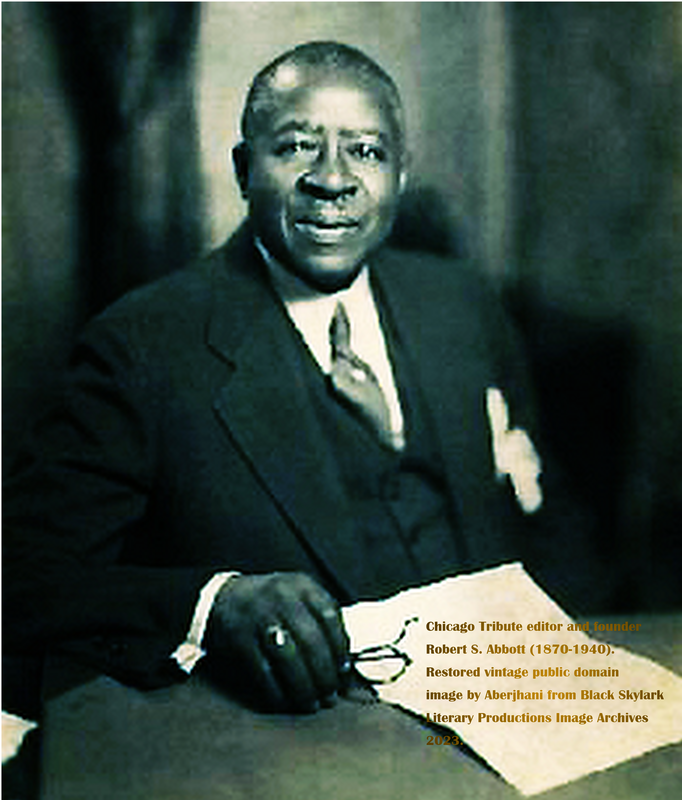
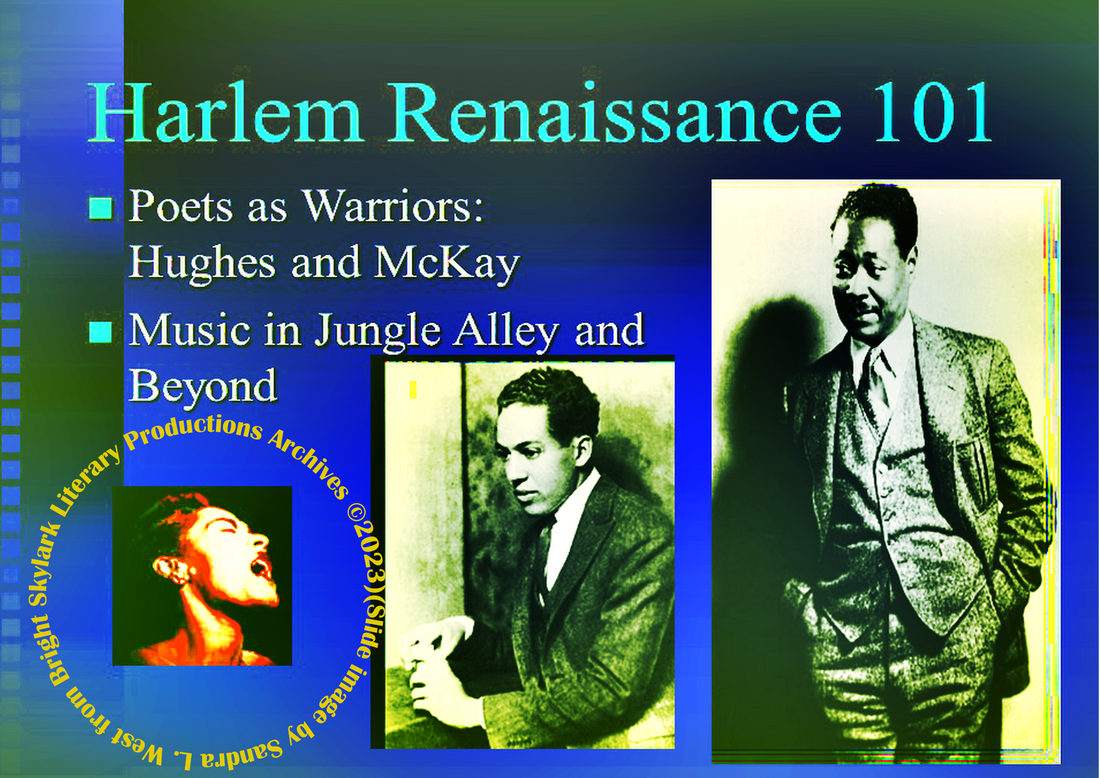
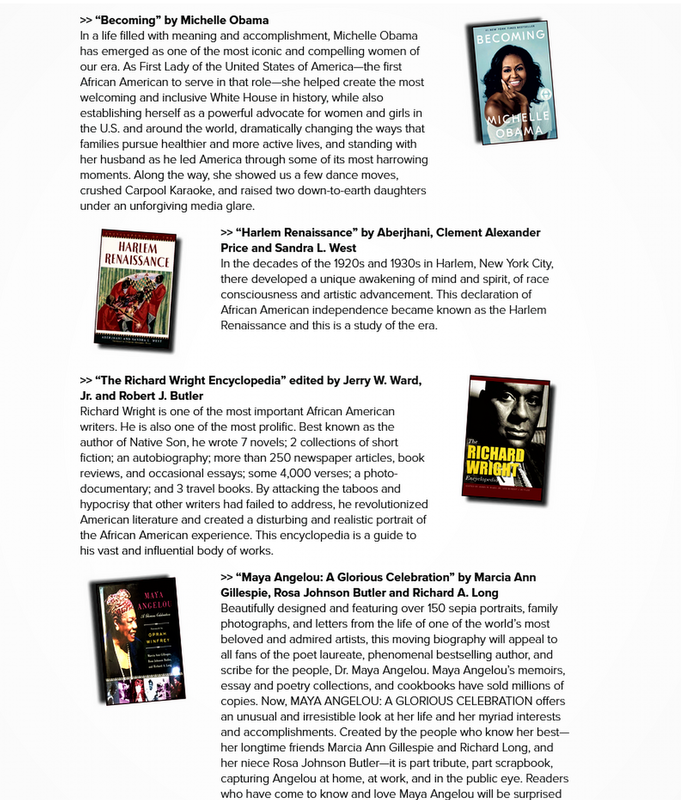
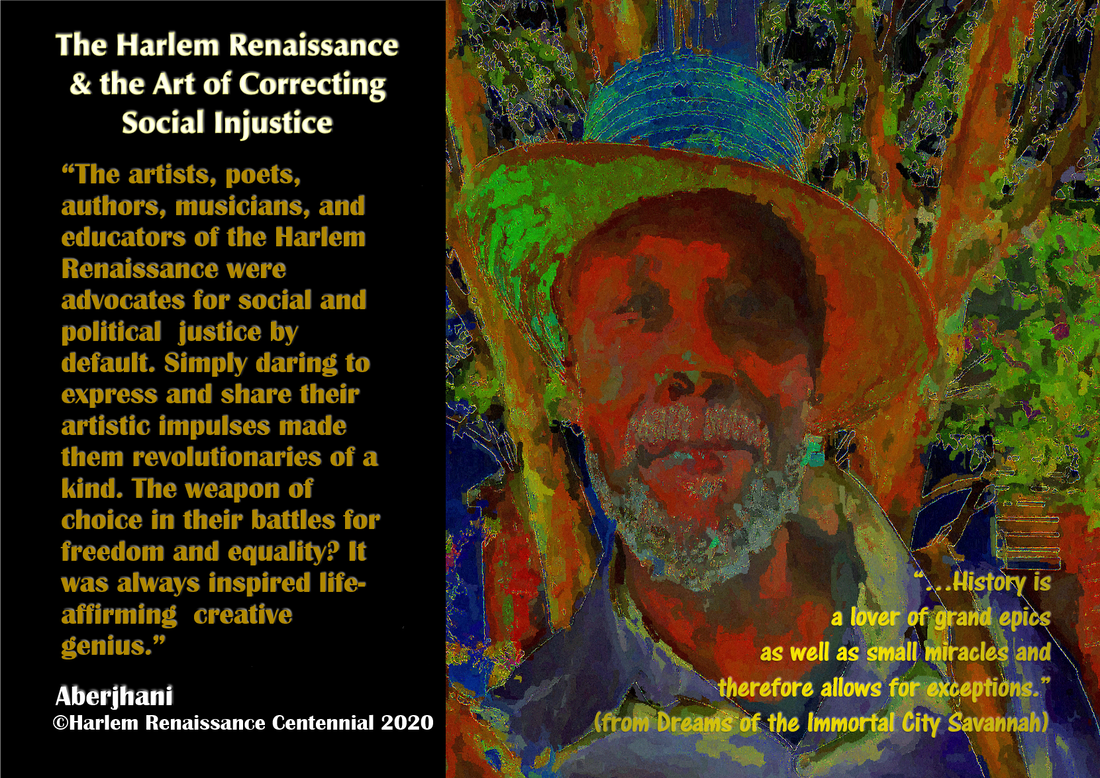
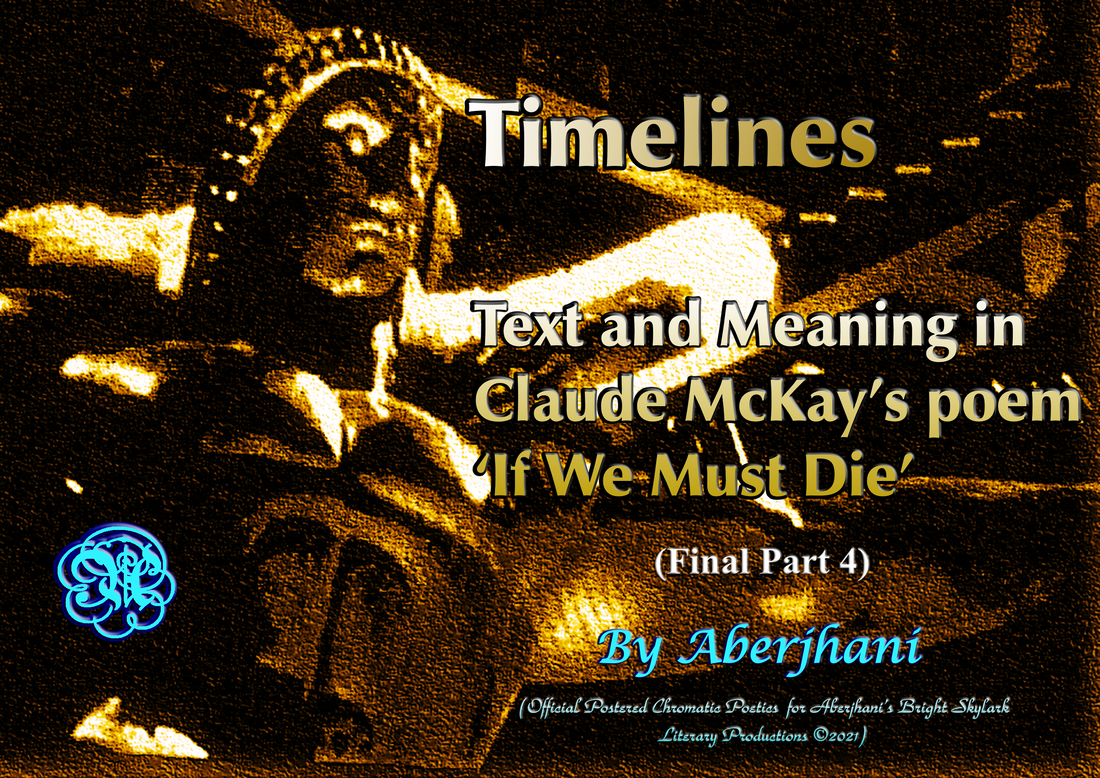
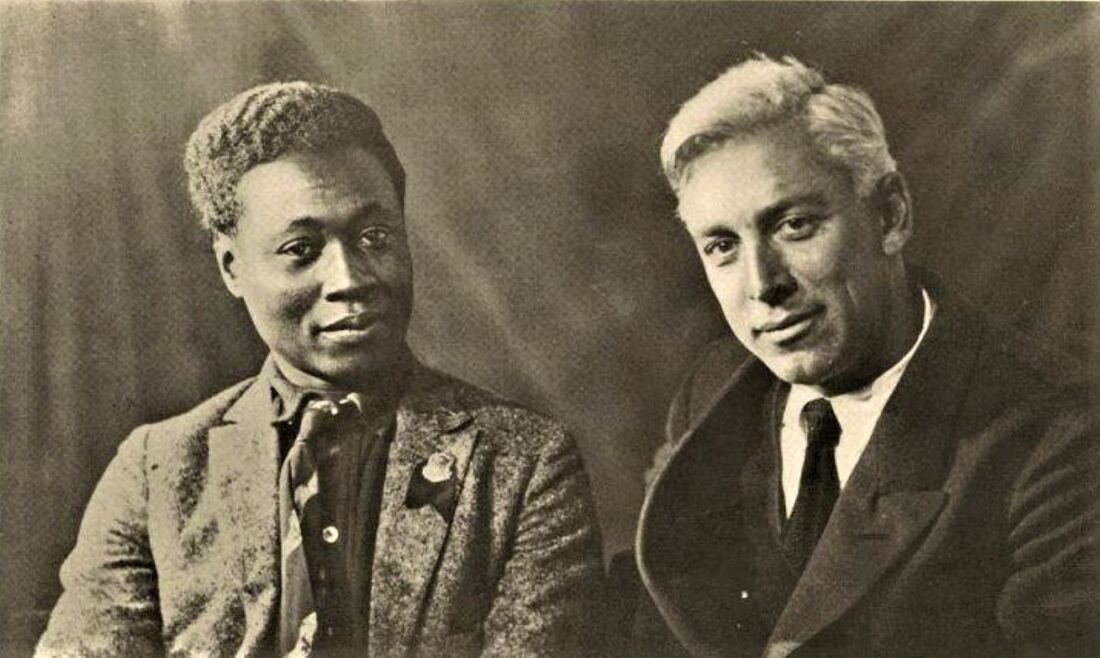
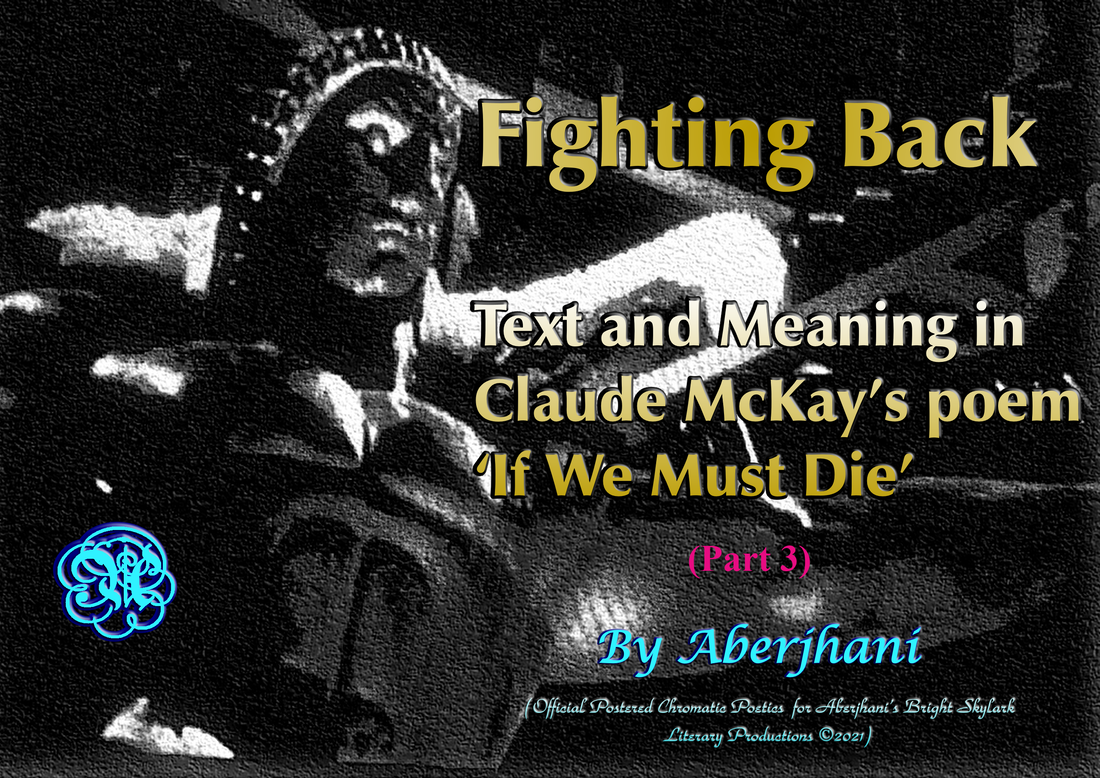
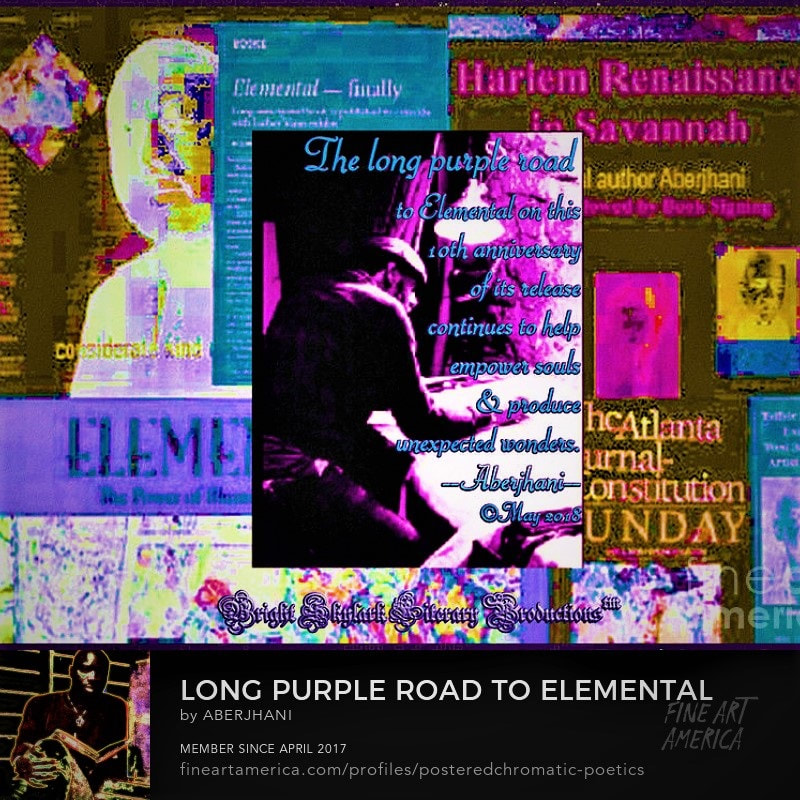
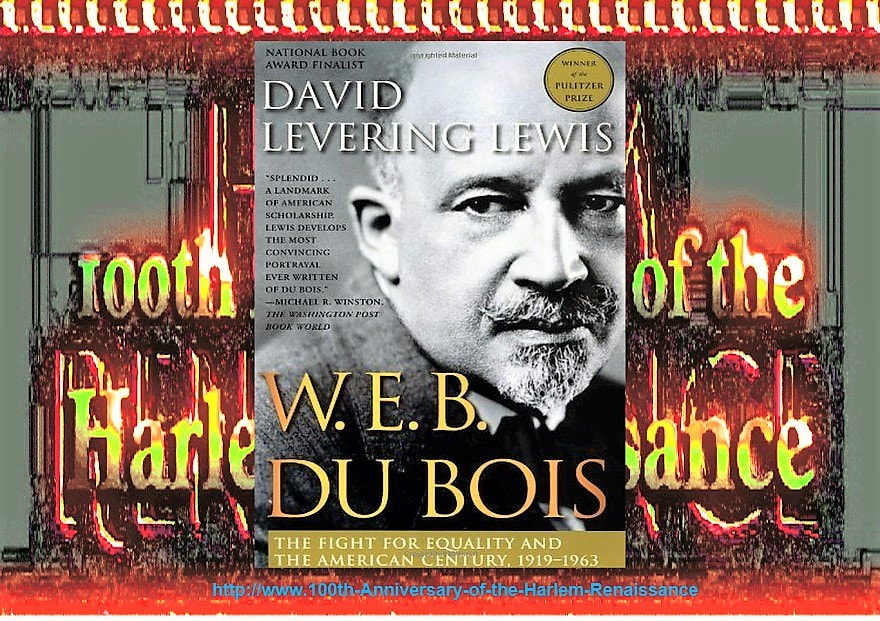

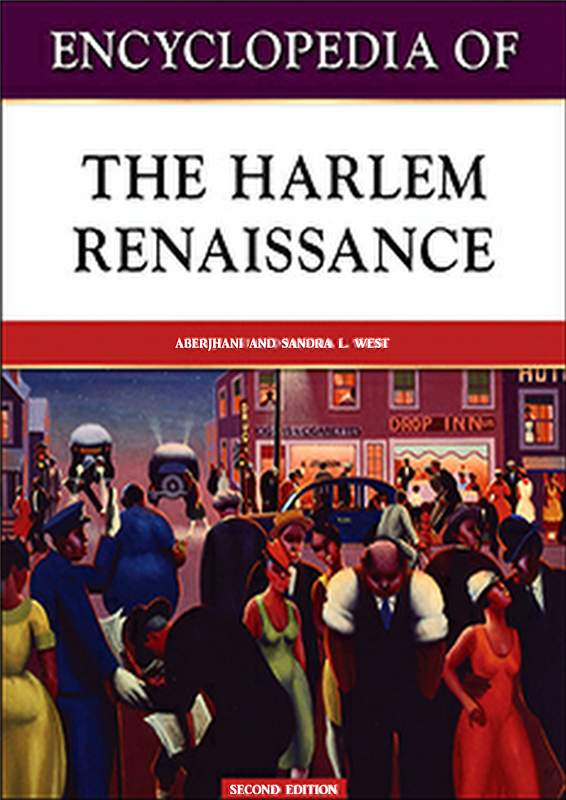
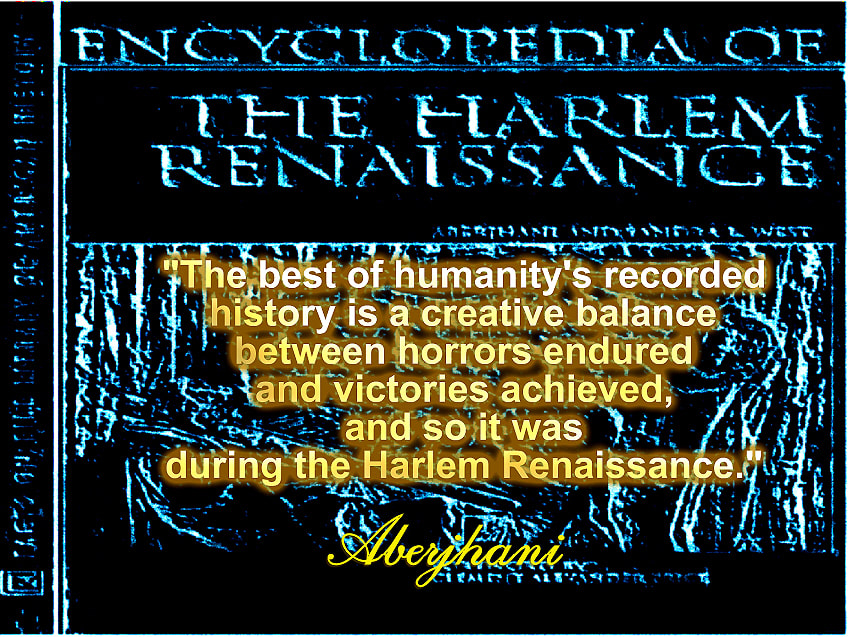
 RSS Feed
RSS Feed